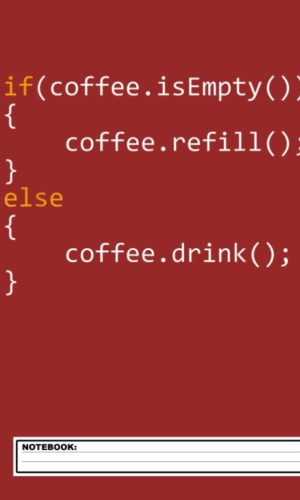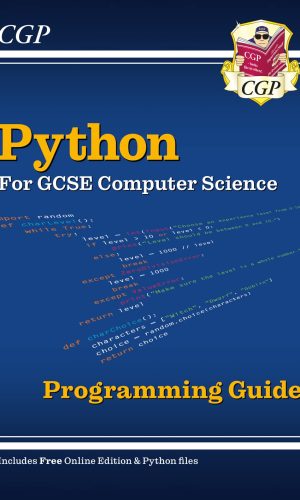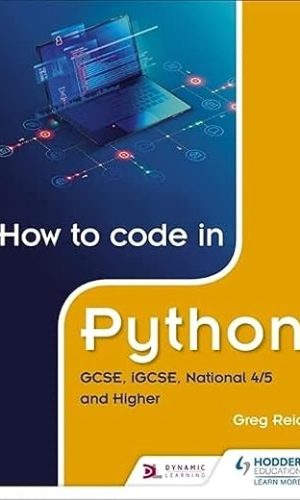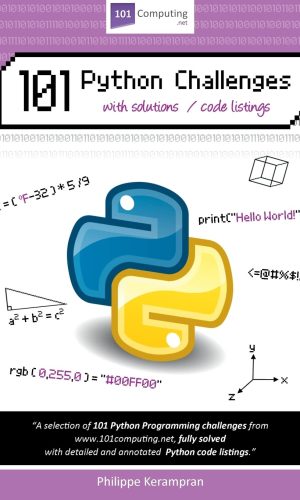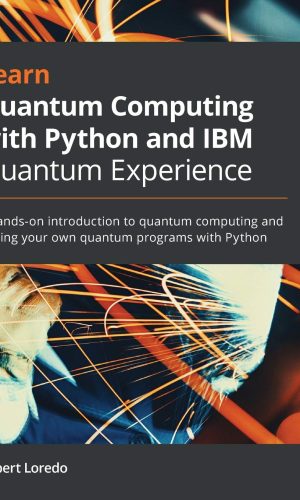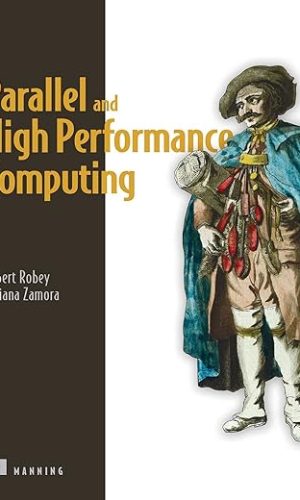Languages
-
Funny Programmer Coffee Gift For Coders Notebook: Coding Developer Programmer Notebook Gift For Those Who Love Programming (8.5 x 11) 120 Pages
This is a great personalized unique Notebook for Coders & Programmers & Web Developers that can be used for writing poetry, jotting down your brilliant ideas, positive thoughts, recording your accomplishments, and more. Use it as a diary or gratitude journal, a travel journal or as A college Notebook. The simple lined pages allow you to use it however you wish.
Notebook journals also is a perfect gift any time of year including birthday, Christmas, friendship gifts, a journal for mothers, a journal for a Coder
to inspire someone you love today!
Paper journals never need to be charged and no batteries are required! You only need your thoughts and dreams and something to write with.
- Perfect journal notebook sized at 8.5×11
- High-quality paper is perfect for ink, gel pens, pencils or colored pencils
- 120 pages – one full year
- Mate cover for silky finish what will feel amazing in your hands!
- Perfect for gift giving!
Read more
£6.20 -
Python Programming Guide for GCSE Computer Science (includes Online Edition & Python Files) (CGP GCSE Computer Science 9-1 Revision)
This brilliant CGP book is the perfect no-nonsense guide for anyone who wants to learn Python! It’s packed with clear, friendly notes on all the essential programming skills – ideal for Python beginners, GCSE Computer Science students, and as an introduction to Python at A-Level. There are also stacks of useful practice questions, fully-explained examples and coding challenges to help you become a Python coding pro in no time, with full answers included at the back of the book – fantastic! We’ve even added over 250 downloadable files covering different areas of Python – they’re just the ticket for anyone looking for practical, on-screen practice. There’s also a free Online Edition that lets you read the entire book on a PC, Mac or tablet. Just use the unique code printed inside the cover to gain full access when your Python book arrives.Read more
£9.50 -
How to code in Python: GCSE, iGCSE, National 4/5 and Higher
Ensure every student can become fluent in Python with this highly practical guide that will help them understand the theory and logic behind coding.
Written for 14-16-year olds by a leading Python specialist and teacher, and aligned to curriculum requirements, this essential Student Book provides numerous practice questions and coding problems that can be completed as homework or during class – plus answers can be found online at www.hoddereducation.co.uk/pythonextras
How to Code in Python will:
> Provide hundreds of coding examples, puzzles and problem-solving tasks to strengthen computational thinking skills required for GCSE, iGCSE and National 4 / 5 success
> Help students become proficient in computational thinking and problem-solving using Python
> Provide easy-to-follow explanations of concepts and terminology
> Feature plenty of opportunities for self-assessment with solutions to coding problems available onlineThis unique book can be broken down into three key features:
> Code theory and explanations (worked examples) in a fun and accessible way
> Computational thinking puzzles for the reader to solve; this will greatly improve students’ ability to read code and predict its effect and output when run
> Programming problems where the reader has to write a program to solve given scenariosGreg Reid is a very experienced Computer Science teacher in Scotland, who has written How to Pass Higher Computer Science and Higher Computing Science Practice Papers for Hodder Gibson.
Read more
£14.20 -
101 Python Challenges with Solutions / Code Listings
This selection of 101 Python programming challenges is targeted at both learners and educators who want to find a challenging and enthusing approach to develop their programming skills using Python. In this book you will find a fully working solution to each of the 101 challenges in the form of annotated Python code listings. We believe that being able to work on these challenges and reverse-engineer the given code will give you a fantastic opportunity to improve your Python skills while discovering new programing techniques. This selection of challenges from the 101computing.net blog will cover all of the essential skills used in procedural programming, focusing on the key programming constructs: sequencing, selection and iteration. The 101 challenges are organised into ten chapters to help you discover and practise using a range of programming strategies using a step by step approach.Read more
£20.00 -
Learn Quantum Computing with Python and IBM Quantum Experience: A hands-on introduction to quantum computing and writing your own quantum programs with Python
A step-by-step guide to learning the implementation and associated methodologies in quantum computing with the help of the IBM Quantum Experience, Qiskit, and Python that will have you up and running and productive in no time
Key Features
- Determine the difference between classical computers and quantum computers
- Understand the quantum computational principles such as superposition and entanglement and how they are leveraged on IBM Quantum Experience systems
- Run your own quantum experiments and applications by integrating with Qiskit
Book Description
IBM Quantum Experience is a platform that enables developers to learn the basics of quantum computing by allowing them to run experiments on a quantum computing simulator and a real quantum computer. This book will explain the basic principles of quantum mechanics, the principles involved in quantum computing, and the implementation of quantum algorithms and experiments on IBM’s quantum processors.
You will start working with simple programs that illustrate quantum computing principles and slowly work your way up to more complex programs and algorithms that leverage quantum computing. As you build on your knowledge, you’ll understand the functionality of IBM Quantum Experience and the various resources it offers. Furthermore, you’ll not only learn the differences between the various quantum computers but also the various simulators available. Later, you’ll explore the basics of quantum computing, quantum volume, and a few basic algorithms, all while optimally using the resources available on IBM Quantum Experience.
By the end of this book, you’ll learn how to build quantum programs on your own and have gained practical quantum computing skills that you can apply to your business.
What you will learn
- Explore quantum computational principles such as superposition and quantum entanglement
- Become familiar with the contents and layout of the IBM Quantum Experience
- Understand quantum gates and how they operate on qubits
- Discover the quantum information science kit and its elements such as Terra and Aer
- Get to grips with quantum algorithms such as Bell State, Deutsch-Jozsa, Grover’s algorithm, and Shor’s algorithm
- How to create and visualize a quantum circuit
Who this book is for
This book is for Python developers who are looking to learn quantum computing and put their knowledge to use in practical situations with the help of IBM Quantum Experience. Some background in computer science and high-school-level physics and math is required.
Table of Contents
- The Dashboard-Exploring the IBM Quantum Experience
- Circuit Composer – Creating a Quantum Circuit
- Creating Quantum Circuits using Quantum Lab Notebooks
- Understanding Basic Quantum Computing Principles
- Understanding the Quantum Bits (Qubit)
- Understanding Quantum Logic Gates
- Introducing Qiskit and its Elements
- Programming with Qiskit Terra
- Monitoring and Optimizing Quantum Circuits
- Executing Circuits Using Qiskit Aer
- Mitigating Quantum Errors Using Ignis
- Learning about Qiskit Aqua
- Understanding Quantum Algorithms
- Applying Quantum Algorithms
- Appendix
Read more
£29.40£31.30 -
Parallel and High Performance Computing
Complex calculations, like training deep learning models or running large-scale simulations, can take an extremely long time. Efficient parallel programming can save hours―or even days―of computing time. Parallel and High Performance Computing shows you how to deliver faster run-times, greater scalability, and increased energy efficiency to your programs by mastering parallel techniques for multicore processor and GPU hardware.about the technology
Modern computing hardware comes equipped with multicore CPUs and GPUs that can process numerous instruction sets simultaneously. Parallel computing takes advantage of this now-standard computer architecture to execute multiple operations at the same time, offering the potential for applications that run faster, are more energy efficient, and can be scaled to tackle problems that demand large computational capabilities. But to get these benefits, you must change the way you design and write software. Taking advantage of the tools, algorithms, and design patterns created specifically for parallel processing is essential to creating top performing applications.
about the book
Parallel and High Performance Computing is an irreplaceable guide for anyone who needs to maximize application performance and reduce execution time. Parallel computing experts Robert Robey and Yuliana Zamora take a fundamental approach to parallel programming, providing novice practitioners the skills needed to tackle any high-performance computing project with modern CPU and GPU hardware. Get under the hood of parallel computing architecture and learn to evaluate hardware performance, scale up your resources to tackle larger problem sizes, and deliver a level of energy efficiency that makes high performance possible on hand-held devices. When you’re done, you’ll be able to build parallel programs that are reliable, robust, and require minimal code maintenance.
This book is unique in its breadth, with discussions of parallel algorithms, techniques to successfully develop parallel programs, and wide coverage of the most effective languages for the CPU and GPU. The programming paradigms include MPI, OpenMP threading, and vectorization for the CPU. For the GPU, the book covers OpenMP and OpenACC directive-based approaches and the native-based CUDA and OpenCL languages.
what’s inside
- Steps for planning a new parallel project
- Choosing the right data structures and algorithms
- Addressing underperforming kernels and loops
- The differences in CPU and GPU architecture
about the reader
For experienced programmers with proficiency in a high performance computing language such as C, C++, or Fortran.
about the authors
Robert Robey has been active in the field of parallel computing for over 30 years. He works at Los Alamos National Laboratory, and has previously worked at the University of New Mexico, where he started up the Albuquerque High Performance Computing Center. Yuliana Zamora has lectured on efficient programming of modern hardware at national conferences, based on her work developing applications running on tens of thousands of processing cores and the latest GPU architectures.
Read more
£47.00£53.20Parallel and High Performance Computing
£47.00£53.20

